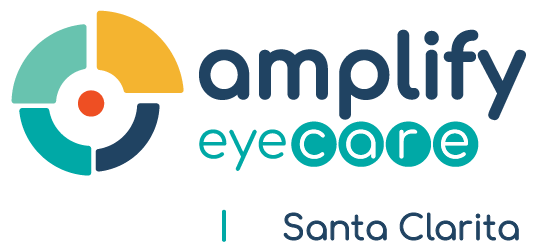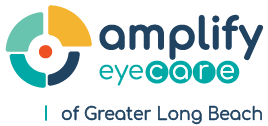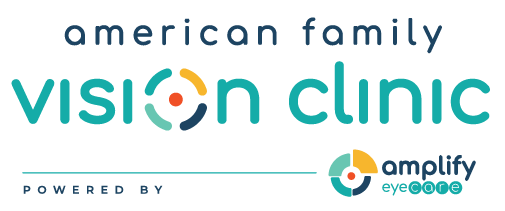Background.
Dyslexia is a common disorder that has traditionally been treated as a homogeneous condition. However, recent evidence indicates that it is a heterogenous condition with several subtypes. For example, studies of the visual system indicate that not all dyslexics have a normal visual pathway. Approximately 75% have a processing deficit in the magnocellular pathway. Our previous study indicated that dysphoneidetic but not dyseidetic dyslexics exhibit a magnocellular pathway defect.
Purpose.
The purpose of this study was to expand our previous work by also examining dysphonetic dyslexics. Additionally, the stimulus was altered to enhance detection of a magnocellular pathway defect in any dyslexic subtype.
Methods.
Temporal contrast sensitivity functions were determined with a flickering stimulus (5, 10,15, 20, and 25 Hz) by using a temporal, two-alternative, forced-choice technique. Results. The results indicate that the dyseidetic dyslexics do not have a magnocellular pathway defect, whereas the dysphoneidetics do. Furthermore, examination of the individual dysphonetics indicated that the more severely affected subjects also exhibited a magnocellular pathway defect.





